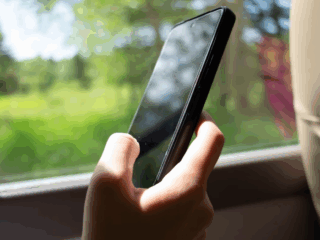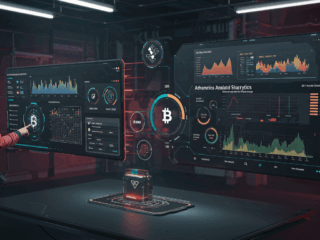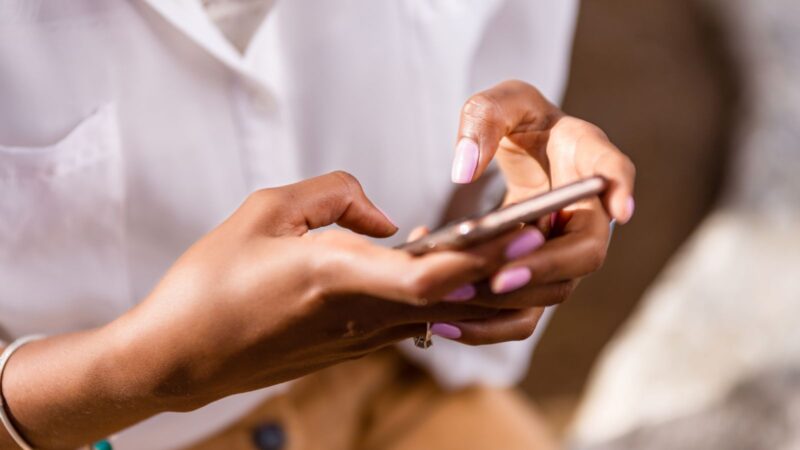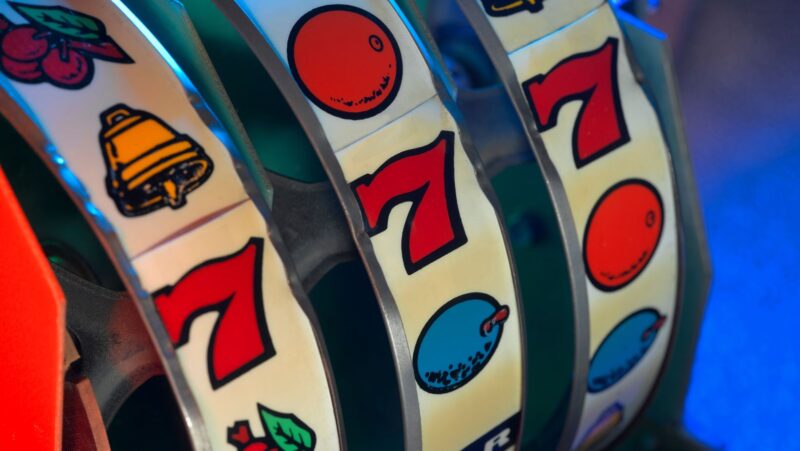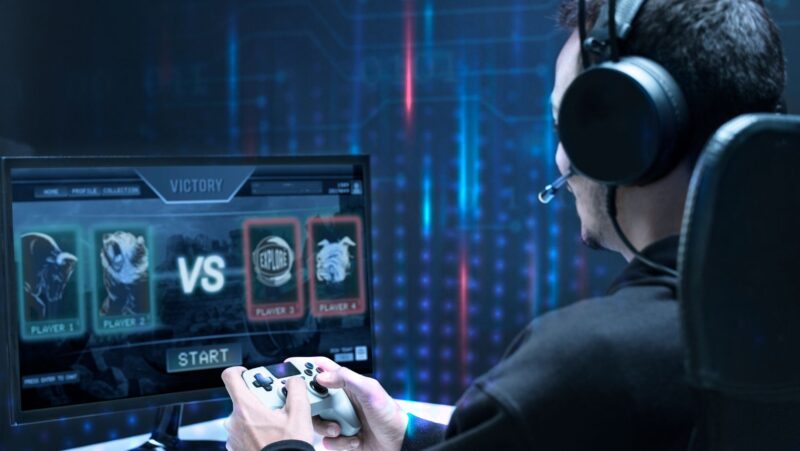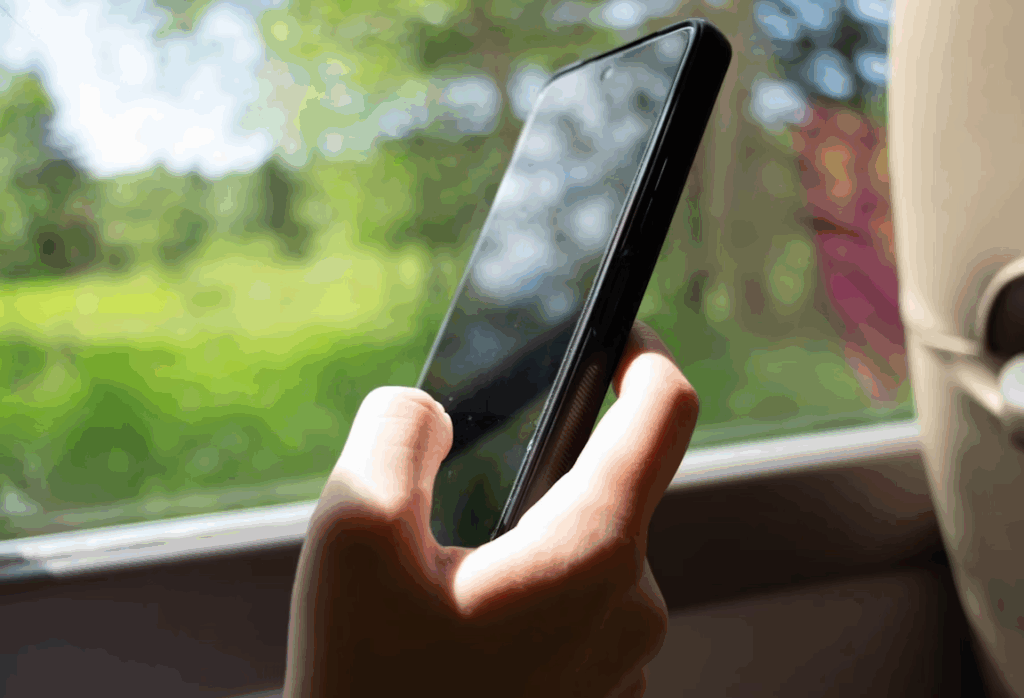
Quick-tap games reward reaction more than raw power. Frames must stay locked, touch input needs a short route to the screen, and thermals have to remain calm during bursts of action. A budget phone can hit that brief with a few disciplined tweaks – the right display mode, a lean software profile, and heat control that keeps silicon in the fast lane.
Display & touch – where milliseconds are won
High refresh is only half the story. Touch sampling – how often the panel reads a finger – decides whether taps land when intended. Many mid-range phones pair 90-120 Hz displays with 240-360 Hz touch, which is enough to make quick-draw taps feel crisp without spiking power. For tap-timing titles like the parimatch aviator game, set the screen to its highest adaptive mode, then lock the game’s frame cap to match. Mismatched caps create a micro-stutter that masks timing cues.
Resolution is a trade. Pushing fewer pixels lowers GPU strain and heat. If a phone offers a “balanced” resolution or a game-space toggle that reduces internal render scale, prefer that over maxed-out sharpness. Motion clarity matters more than pixel peeping on a five- to six-inch panel.
Network path – shave delay before the first tap
Latency hides in the route to the server. A strong cellular signal often beats congested cafe Wi-Fi, especially during events. When Wi-Fi is solid, sit close to the router and avoid 2.4 GHz in busy apartments. Background sync is the silent spoiler. Kill auto-uploads and cloud backups until the session ends. Notification storms also add jitter. Allow only priority alerts during play – goals, alarms, or security – and silence the rest so the CPU is not juggling banners while a multiplier climbs.
DNS choices can help. Many phones let users pick a private DNS provider. A fast, reputable resolver trims name-lookups during matchmaking and first connects, then stays out of the way while packets flow.
Quick switches before a session
A one-minute routine keeps a budget device feeling like a gaming phone.
- Set refresh to Adaptive or High. Match the game’s frame cap to the panel.
- Enable the system’s Game Mode. Prioritize touch, block calls, and freeze background apps.
- Drop screen brightness a notch. Heat falls. Color remains readable with a neutral profile.
- Turn off Bluetooth and Nearby Share. Extra radios add latency spikes and drain.
- Close camera, maps, and social apps. They poll sensors and network in the background.
These steps are reversible and cost nothing. The payoff is steadier input and fewer mid-round stalls.
Thermal control – keep clocks high without a cooler
Heat throttles budget chips long before the battery dies. Cases trap warmth, so remove heavy shells for demanding sessions. Support the phone on a stand to expose the back panel to air; palms act like insulation. Lower the room’s ambient temperature if possible. Small changes matter – a couple of degrees can delay throttling by minutes.
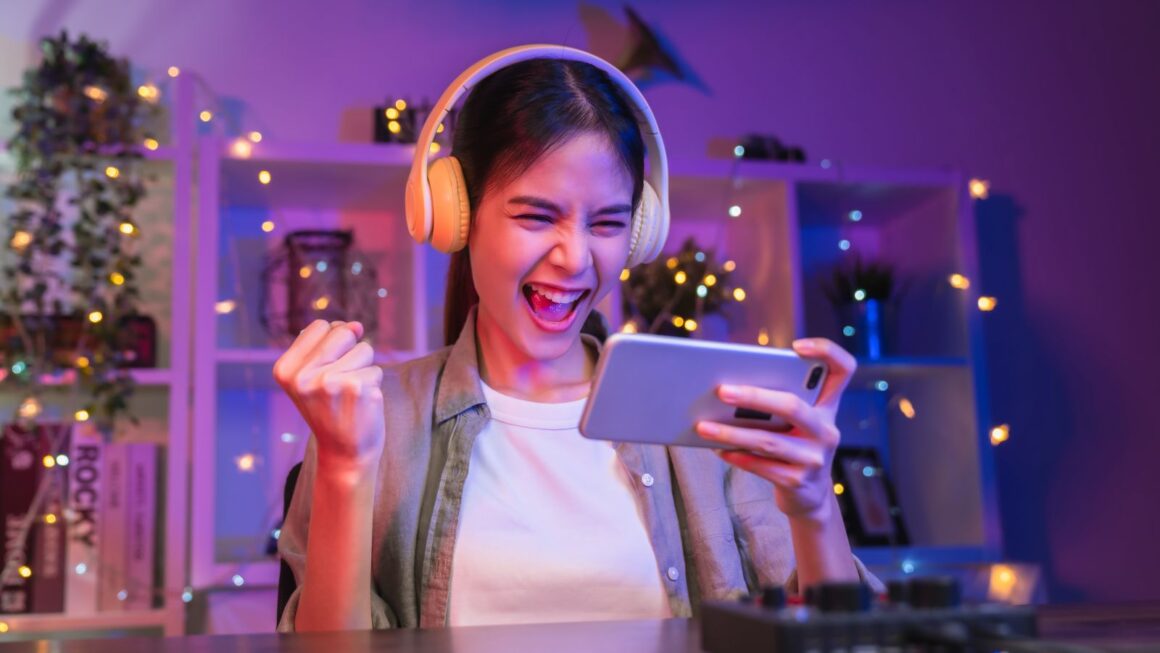
Avoid charging while playing. Power delivery raises internal temps and can pull clocks down just as a round gets interesting. If a top-up is unavoidable, use a slow charger and keep the battery between 30–80 percent. Brightness is a stealth heater; dim slightly and lean on a neutral color mode to keep whites comfortable in low light. When the device gets hot, pause for sixty seconds with the screen off. Short cooldowns recover performance without breaking focus.
Software hygiene – the fast path from tap to frame
Budget speed comes from subtraction. Uninstall bloat and disable animations in developer options if the UI feels sticky. Keep the launcher clean – one page, essential icons, no live widgets. In the phone’s Game Mode, block gestures along the edges so swipes do not trigger the system bar mid-action. Turn off auto-rotate if the accelerometer is overly sensitive; accidental flips waste seconds and drop inputs.
Permissions also influence stability. Deny overlay privileges to utility apps that draw on top of games. Overlays increase compositing work, which introduces tiny delays that add up under pressure. Keep storage free with a rolling cache policy – leave room for the game to write logs and temporary assets without fragmenting. When updates land, install them on Wi-Fi and then perform a full reboot. Fresh boots clear stray services and hands the scheduler a blank slate.
Grip, power, and clarity – tiny ergonomics, real gains
A reliable grip reduces micro-slips that miss tap targets. Matte screen protectors cut glare and sweat without dulling touch. If the phone is wide, use a slim ring or strap for one-hand reach; less strain equals steadier taps. Earbuds with low-latency modes preserve timing cues. Even subtle crowd stings and countdown tones help rhythm, so keep audio on but compressed – a limiter prevents volume spikes on tiny drivers.
Readability is performance. Choose a color-accurate, non-vivid profile so highlights and shadows stay believable. Over-saturated modes make motion blur feel worse and hide edges that guide aim. In-game, lower post-processing first, then textures if needed. Post-effects cost timing. Textures cost looks. Frame stability should always win.
Clutch time – a calm finish that protects the round
Momentum should live in the fingers, not the settings menu. A budget phone can deliver quick-tap confidence by matching refresh to touch rate, keeping radios and notifications lean, and managing heat with small habits – lighter brightness, no charging under load, and the case off when it matters. With that foundation, taps land cleaner, frames stay even, and focus returns to the only clock that counts – the one on screen as the next multiplier lifts.

